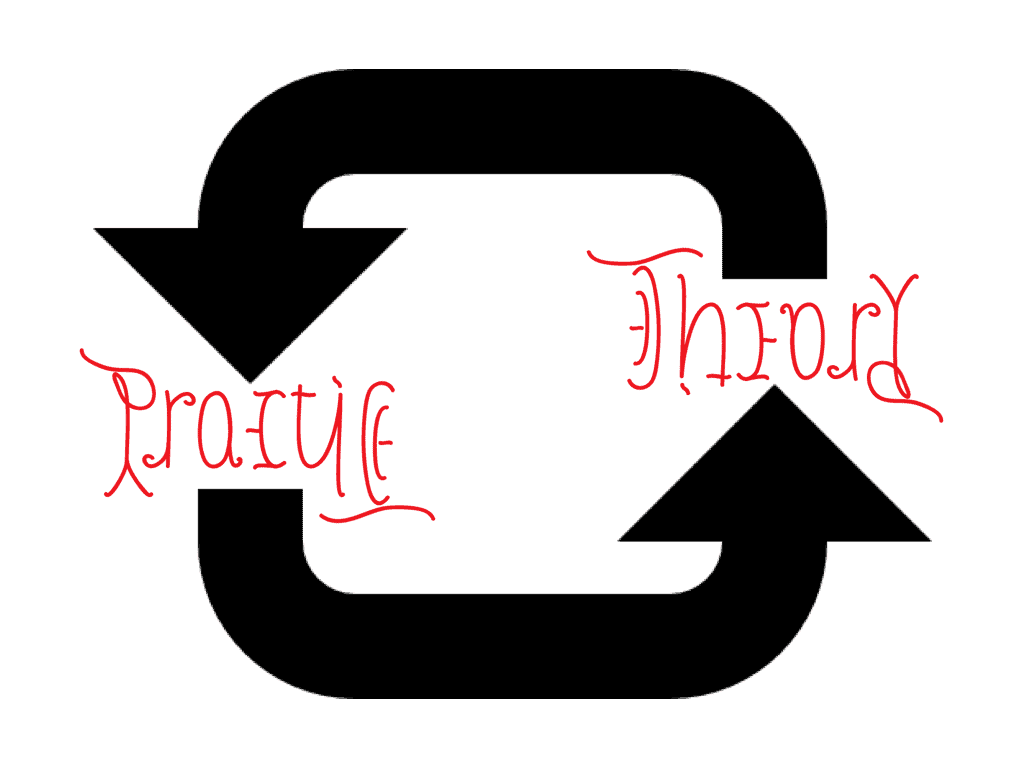I will be at Purdue University, at the School of Engineering Education later this week, making a presentation titled: Unpacking Design and creativity: What I think I know, and what I (quite certainly) don’t. I am quite looking forward to this trip, mainly because I haven’t been to West Lafayette in a while. Smita used to work there, many many years ago, teaching at the school of art and design, after she finished her master’s at Iowa State, and I made many trips there from Urbana-Champaign.
The abstract of the talk is is given below. I will post the presentation here once it is done.
Design is both a noun & a verb—a product as well as a process. Design is involved in the construction of any artifact created for a purpose: be it a poem or a computer program, a mousetrap or a business plan, a website or a research project. Design occurs where the known meets the unknown; at the interface of multiple disciplines—science, technology, individual and social psychology, management, and art. It is this multidimensionality that makes design so important and also so complex. In this presentation I will share some of my research (and teaching, since it is often difficult to separate the two) on attempting to develop a better understanding of the design process. More recently I have become more interested in understanding creativity. The ability to be creative and flexible is critical in today’s rapidly changing world. The emergence of the knowledge economy (and the knowledge worker) means that tasks are rarely “given” or structured. We are now expected to operate in a complex and chaotic ecology where our very survival and personal identity is tied up in improvising knowledgeable answers to largely unanticipated problems. Creativity lies at the heart of innovation, in an ability to see things differently, and of making new connections, of exploring new frontiers of knowledge and enterprise. In this presentation I will also share some of my current thinking, and future plans, related to creativity, what it is, how it can be recognized, and some thoughts on how it can be fostered.





Design is both a noun & a verb—a product as well as a process.
That’s very correct.
I was searching the internet for something, and i found a very interesting picture the other day. On the picture I find this text:
“Design is a BEHAVIOUR, not a department.”
What do you think about it?